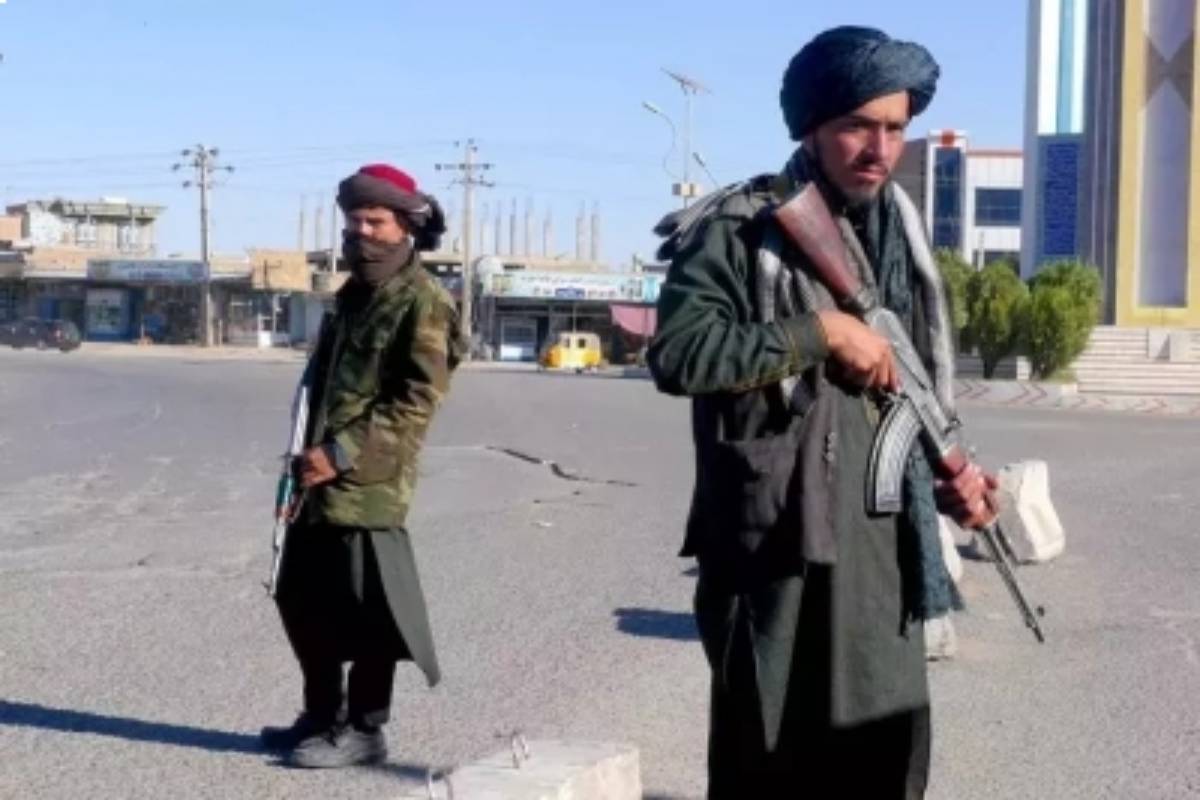Afghanistan: WHO reports surge in acute respiratory disease
According to the WHO report, more than 206,000 people were infected with respiratory diseases during this period, out of which 506 lost their lives.
Since last August, the Pakistani Taliban have carried out 82 attacks in Pakistan, which is more than double the number over the same period of the previous year, according to data advanced by the Pak Institute for Peace Studies.

Image credit: IANS
Neither confirming nor commenting on Pakistan’s airstrikes on the Afghanistan border, a stepped-up offensive in the sacred month of Ramadan has killed 45 people, including 20 children, and stoked fears of a violent resurgence of the Taliban. Pakistan’s diplomatic silence is neither here nor there. The fact of the matter must be the claim by Afghan officials that the airstrikes were carried out by Pakistani military aircraft after militants, reportedly operating in the area, killed seven soldiers across the border. The carnage has been described as the beginning of a violent new chapter of the seemingly relentless conflict in the tribal lands.
Afghanistan’s acting defence minister, Mullah Muhammad Yaqoob, has warned that the Taliban government, at the helm since last August, would not tolerate any more “invasions” from neighbouring countries on Afghan soil. The canker of border fighting has over time assumed proportions almost chronic. Pakistan’s military has sporadically hit the area with artillery shells that have killed a handful of civilians each year. After the Taliban toppled the western-backed government In Afghanistan, it was generally expected that the insurgents-turned rulers would contain the violence by the militants, known as Tehrik-i-Taliban Pakistan or the Pakistani Taliban. In recent months, however, there has been a surge in attacks by the group in Pakistan.
Advertisement
Since last August, the Pakistani Taliban have carried out 82 attacks in Pakistan, which is more than double the number over the same period of the previous year, according to data advanced by the Pak Institute for Peace Studies. The attacks have killed 133 people. Admittedly, the numbers are lower when compared with the height of the Pakistani Taliban’s insurgency in 2009, but the recent sharp increase in violence has stoked fears that the group is gaining strength after having declined over the past decade. Fears that Afghanistan under the new Taliban government could become a haven for militants are not unfounded.
Advertisement
The nub of the matter must be that the Pakistani Taliban are targeting Pakistani civilians within Pakistan. This is the grim tragedy that Imran Khan was somehow unable to address, and now Shehbaz Sharif will be expected to. The government in Islamabad must of necessity take the hardline dispensation in Kabul into confidence. Taliban officials have denied providing a safe haven for militants, including activists of the Pakistan-Taliban variety. Indeed, the issue has become a flashpoint between the authorities in Afghanistan and Pakistan.
The latter claims that the militant group ~ which has perpetrated some of the worst terrorist attacks in Pakistan’s history ~ feels emboldened under the Tal- iban government and is allowed to operate freely on Afghan soil to the extent that the Durand Line, that cuts directly through traditional Pashtun lands, is today a major source of tension in a region on a powder-keg. Indeed, the barbed wire fence that divides Pakistan and Afghanistan is a source of tension. The bilateral equation straddles the knife’s edge.
Advertisement